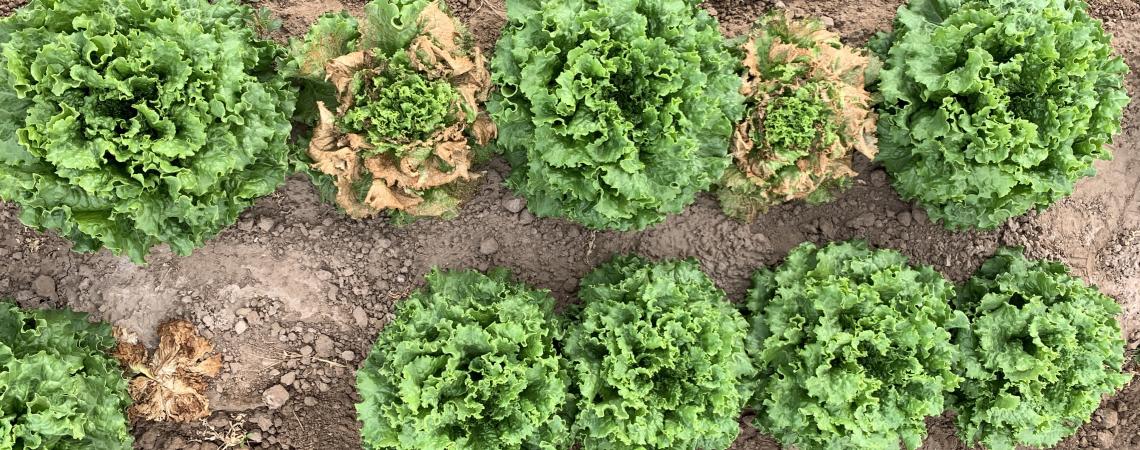Investigation of weeds as an Impatiens Necrotic Spot Virus (INSV) reservoir in the Arizona lettuce growing region
Collaborating Researcher(s)
Project Supporter(s)
In March 2021 the tospovirus Impatiens necrotic spot virus (INSV) was identified in lettuce fields in the Yuma growing region. This is a new disease for iceberg lettuce growers in Arizona. How the virus was introduced into Yuma County has not been determined and the impact is difficult to predict. INSV is reported to infect hundreds of plant species including ornamentals, crops and weed species. Symptoms include necrotic spots, tip dieback, stunting, yellowing and death. The disease is vectored by thrips, primarily by western flower thrips. Genetic-based resistance to INSV is not available in commercial lettuce varieties and there are inherent challenges in managing thrips populations. These are both important reasons to develop cultural strategies, such as identification of and management of alternative virus reservoirs to help mitigate INSV incidence in lettuce.
The goal of this project is to collect information that can be used to develop recommendations to help manage INSV in the Arizona lettuce growing region. Several activities have been initiated to provide information to the desert agriculture industry, including a weed and crop host survey to track INSV in weed and crop hosts through the summer to see if the virus persists in the environment. Samples will be shipped to Dr. Daniel Haswgawa in Salinas for lab analysis.

